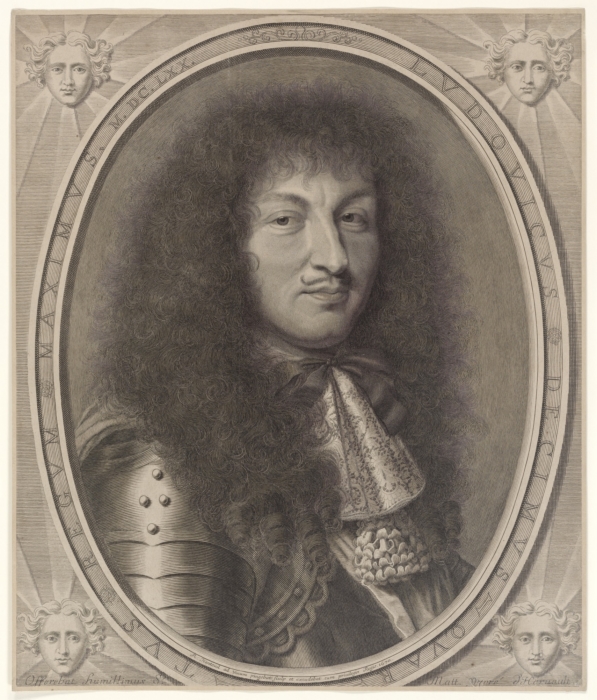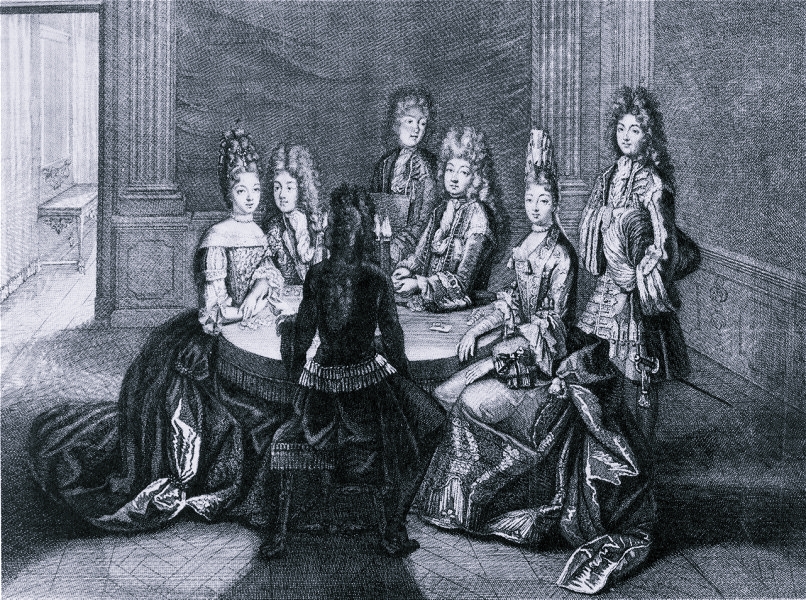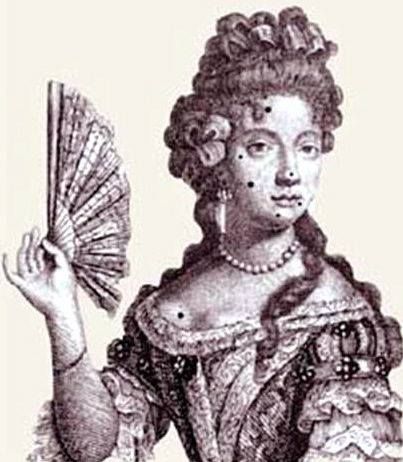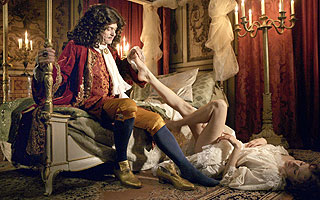Duels, the forbidden fights for honour
If you watch a history movie or series set in 17th century France, like the old Musketeer movies, there is always at some point a scene that involves duelling. Usually with many theatrics, glove throwing, glove slapping, and brave challenging of stronger opponents…. but wasn’t duelling actually forbidden? Is the movie duelling a dramatic addition?
 Not really. Duelling was indeed forbidden, but that did not stop duels from happening. Several French Kings tried, with the harshest punishments, to erase duels from the landscape and they all failed. Even Louis XIV, who ruled absolut, did not manage to end the tradition.
Not really. Duelling was indeed forbidden, but that did not stop duels from happening. Several French Kings tried, with the harshest punishments, to erase duels from the landscape and they all failed. Even Louis XIV, who ruled absolut, did not manage to end the tradition.
Duelling is a very old practice, but it’s purpose varied over the centuries. The oldest type of duel is the duel judiciaire, which was already practised by the ancient Germans. Someone accused of a crime, or other misbehaviour, fights the accuser in single combat. If the accused person wins, it is Gods doing to show he is innocent. If the accuser wins, it is Gods way to show he spoke the truth. A third party played the referee and before the duel took place, all parties agreed on terms for the duel, as in whether was to the death, to the drawing of first blood, or to surrender. A duel judiciaire often took place when it was otherwise impossible to decide if the accused was guilty or not. If the duel was not to the death, the losing party would receive a fitting punishment after it. Only the King could pardon the person.
As you can imagine, this kind of justice was not infallible. There is the case of Madame de Carrouges, who accused a certain Jacques Legris of having entered her château, at night and masked, to abuse and rape her, knowing her husband was away for war in Scotland. Monsieur Legris insisted he did not do it and no way was found to prove or disprove the claim, thus trial by combat was ordered. Monsieur Legris lost and was hanged. Shortly later, a criminal was caught and confessed, among other things, that it was him who raped Madame de Carrouges.
The last time such a type of fuel officially took place in France was in 1547. These duels judiciaire then evolved into duels d’honneur, those that we know from the movies.
The Kings gained more power over their nobility, took matters of justice into hand and stopped to sanction justice duels. The nobility, being deprived of this form of justice, came up with another way to fight each other and by means of that, also fight the Monarch’s power. If one gentleman felt offended by another, this gentleman now challenged the other to single combat. The most common reason for it became offended honour, of the person himself, his family, his wife, his children, his servants, his horses, his carriages, the cabbage growing on his fields… Mais oui, people came up with all sorts of reasons to engage in duels. Sometimes it were serious reasons, sometimes something was simply made up, so the gentlemen could fight each other. A la ‘you wrinkled your nose ever so slightly at my cousin twice removed’ or ‘you looked funny in the general direction where my sister-in-law was conversing with twenty other ladies.’
Duels d’honneur swiftly became very fashionable, fencing masters were highly sought after, swords as expensive as never before. From nobility, to bourgeoisie and peasants, everyone duelled… and the dames joined in as well. At the dawn of the 17th century, duelling had become a big problem. Young gentlemen were especially fond of it and for every winner of a duel, there was usually a dead or seriously wounded loser. Not just that, the witnesses, so-called seconds, got involved in the fighting very often as well and ended up dead or wounded. The dead toll was immense.

Take the famous duel des Mignons for example. It took place in April 1578 on the Marché aux Chevaux in Paris. The whole thing kicked off with some words exchanged between Charles de Balzac and Jacques de Lévis. It was about a women, of course. Both parties had each two seconds and by the end of the duel, two of the six were dead, one died the following day, one died 33 days of agony later, one was in hospital for six weeks and crippled…. and that is just one example. In 1652, Louis XIV’s cousin the Duc de Beaufort duelled the Duc de Nemours at the very same location, their seconds got involved too. It ended with ten people fighting and three of them died on the spot and the rest was wounded or seriously wounded. In 1663, the Prince de Chalais engaged in a duel with the Marquis de La Frette and, of course, their seconds got involved. One gentleman, the brother of the Marquis de Montespan, who was part of the Chalais party, died on the spot, the other members of the Chalais party were seriously wounded.
In average, between 1588 and 1608 more than ten thousand gentlemen were killed in duels in the name of honour… and that is just among the nobility, without the bourgeoisie and peasantry. That is two noblemen dead by duelling each week. It is estimated that six thousand gentlemen died due to duelling during the reign of Henri II, from 1547 to 1559. Another eight thousand during the reign of Henri IV, 1572 to 1610, with two thousand dying in 1606 alone and four thousand dying in 1607.

That is truly a lot of death in the name of honour and something had to be done. From Francois I on, all French Monarchs have tried to put and an end to it. Edicts were issued, talking of harsh punishments, the gentlemen ignored them, still engaged in duels, still died, were wounded and crippled…. because, although there was talk of harsh punishments and the Church also condemned duelling, the Monarchs issued a lot of lettres de grâce, which did grant duellists a pardon.
Louis XIII and Cardinal de Richelieu put an end to the pardons. An edict was published in 1626, stating that duels d’honneur were from now on punishable by death and a seen as lèse-majesté, a crime against the wishes and laws of the Monarch. There was a lot of protest, but King and Cardinal remained firm in their decision.
The following year, in 1627, François de Montmorency-Bouteville duelled François d’Harcourt-Beuvron in bright daylight at the Place Royale. The two gentlemen were not injured in the duel, but Monsieur de Montmorency-Bouteville’s second killed Monsieur d’Harcourt-Beuvron’s second, the Marquis de Bussi d’Amboise. Monsieur d’Harcourt-Beuvron fled to England in a swift and François de Montmorency-Bouteville and his second, both noblemen, were beheaded in public on the Place de Grève.
The death sentence was not always enforced, but everyone was aware now that it could be indeed the case. The least form of punishment that was to be expected, was being imprisoned for a indefinite amount of time or exile… but as you can imagine, the gentlemen still duelled.
And that did not change under Louis XIV either. The Sun King hated duels, the purpose of his nobles was to serve him and not to kill each other over trivialities. Thus he made himself have the last word in quarrels and urged his nobles to come to him, which they also did…. but they still also duelled and he punished them for it. Louis XIV was especially allergic to duels among his officers, which were meant to give their lives for France and not die in stupid duels over who saw what lady first. Louis XIV even declared duels as abolished in 1679 and nobody cared. Duels were by then the way of the nobility to claim a bit of independence from the rule of the King for their personal quarrels.
The amount of duel caused deaths dropped a bit between 1685 and 1716 to around four hundred a year… but there were still up to seven thousand duels a year. Duels became a bit more discreet, but that was all. Louis XV and Louis XVI continued the fight against duels as well and it was as well in vain.





